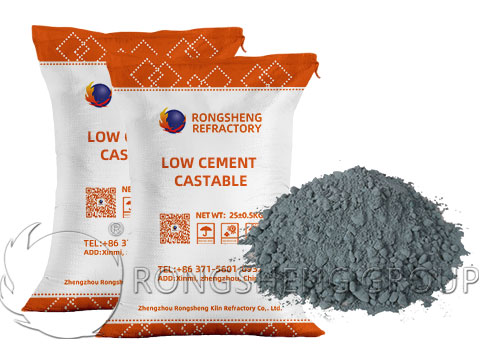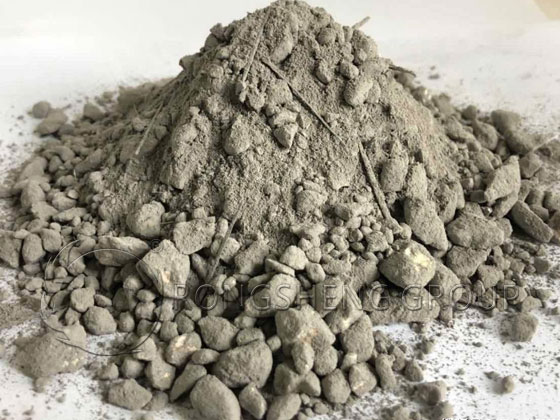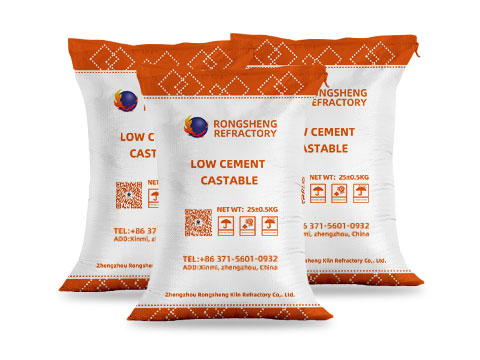The initial setting time of low-cement castable refractory materials is 40 minutes, and the final setting time does not exceed 8 hours. Factors affecting the setting time include material composition, ambient temperature, and humidity. Specifically:
- Material composition: The composition of refractory castables has a decisive influence on their setting time. For example, the higher the content of aluminate cement, the shorter the setting time; adding retarders can extend the setting time.
- Environmental temperature: The higher the temperature, the shorter the setting time. When constructing in a high-temperature environment, the temperature needs to be controlled to avoid affecting the setting time.
- Environmental humidity: Excessive humidity will cause condensation on the surface of refractory castables, affecting the setting effect. When constructing in a high humidity environment, measures such as strengthening ventilation and increasing the temperature are required.
In practical applications, accelerators or retarders can be added to adjust the initial and final setting times according to the construction conditions and temperature. Rongsheng Refractory Material Manufacturer can customize low-cement refractory castables according to actual working conditions and construction conditions. To purchase high-quality high-temperature industrial furnace lining refractory materials and customized refractory lining material solutions, please contact Rongsheng.

Solidification and Use Effect of Refractory Castables
Refractory castables are a kind of refractory materials widely used in high-temperature industrial fields such as metallurgy, petroleum, chemical industry, and electric power. It has excellent high-temperature performance, corrosion resistance, wear resistance and other characteristics, and can effectively protect equipment from damage caused by high temperature and chemical corrosion. However, when using refractory castables, we often encounter a problem: How long does it take for refractory castables to solidify? Will it affect its use effect if it solidifies too early or too late?
First, let’s understand the solidification process of refractory castables. When refractory castables are cast on equipment or structures, they will gradually solidify over a certain period of time. This process is mainly affected by factors such as material composition, construction conditions, ambient temperature and humidity.
Generally speaking, the solidification time of refractory castables can be divided into two stages: initial setting and final setting. Initial setting refers to the time when the castable begins to lose fluidity and hardens on the surface; while final setting refers to the time when the castable completely loses fluidity and reaches complete hardening.
So, how long does it take for refractory castables to solidify? There is no fixed answer to this, because different refractory castable formulas and construction conditions will lead to different solidification times. Generally speaking, the initial setting time is from a few hours to more than ten hours, while the final setting time may take several days or even longer.
In order to ensure the construction quality and use effect of refractory castables, we need to pay attention to the following points:
- Before construction, the refractory castables should be fully stirred and mixed to ensure that its components are evenly distributed.
- During the construction process, the construction temperature and humidity should be controlled to avoid the castables from being disturbed by external factors.
- After the pouring is completed, the castables should be cured and insulated in time to ensure their normal solidification.
In short, the solidification time of refractory castables is affected by many factors and needs to be judged and adjusted according to the actual situation. At the same time, attention should be paid to details during the construction process to ensure the construction quality and use effect.



